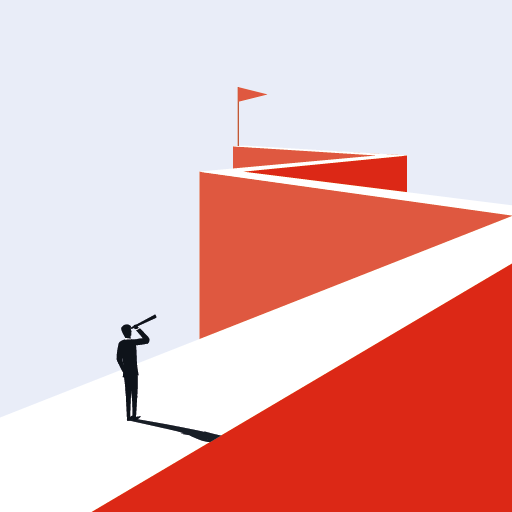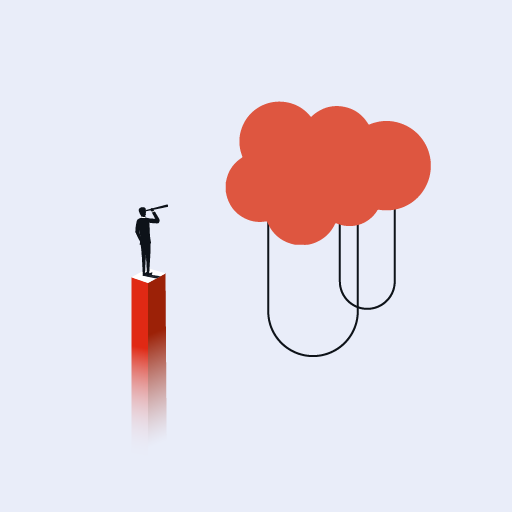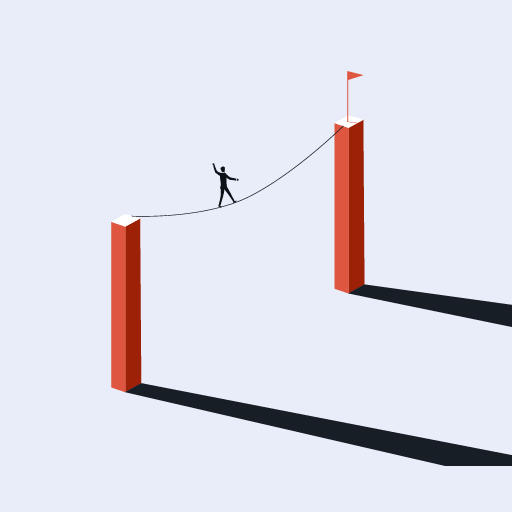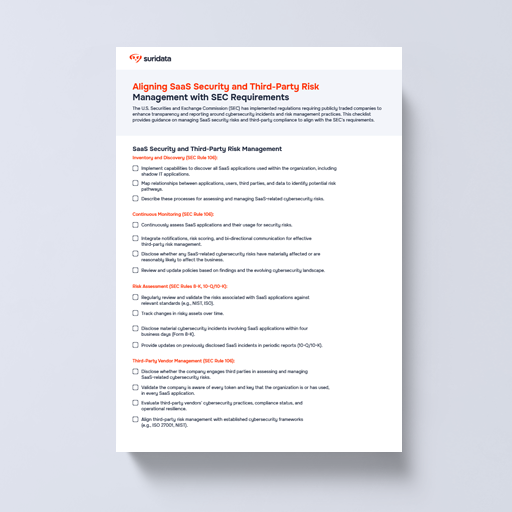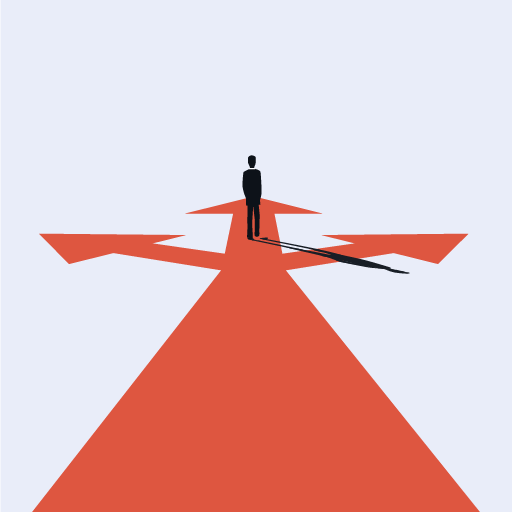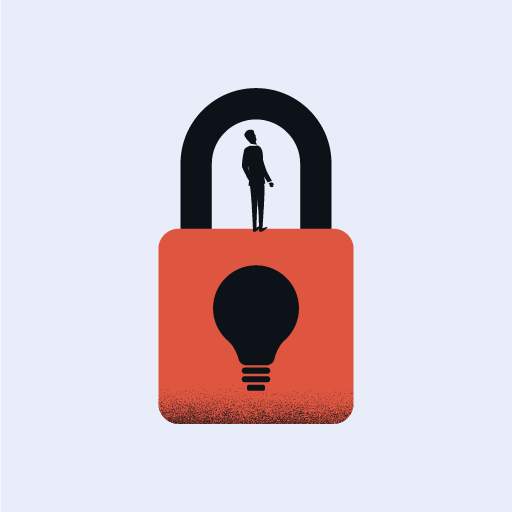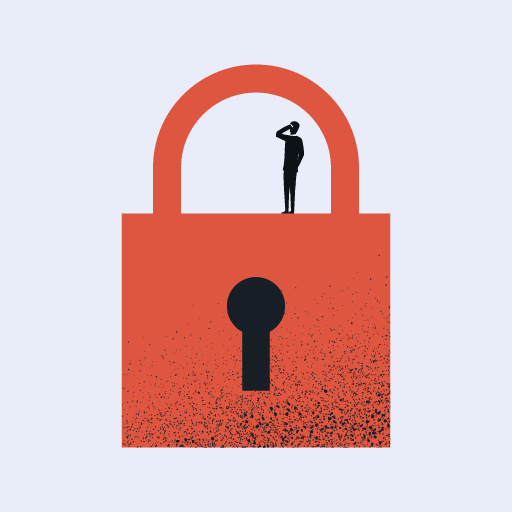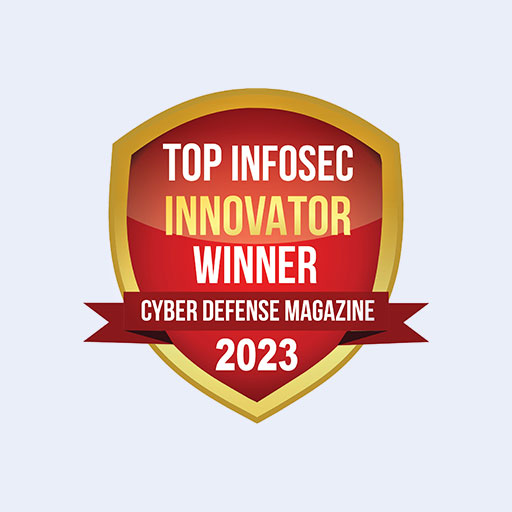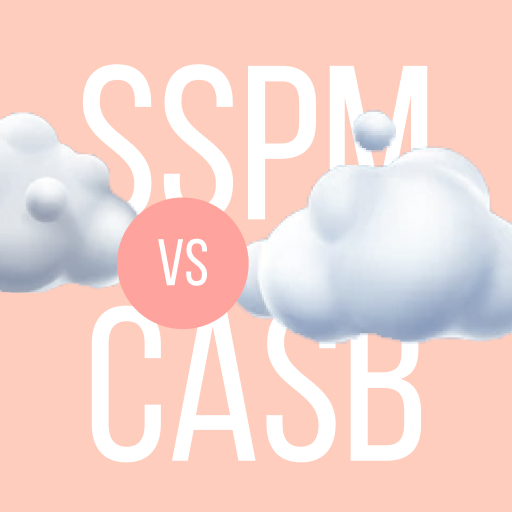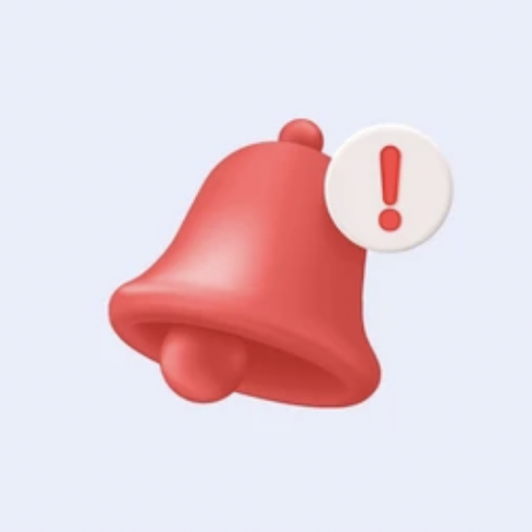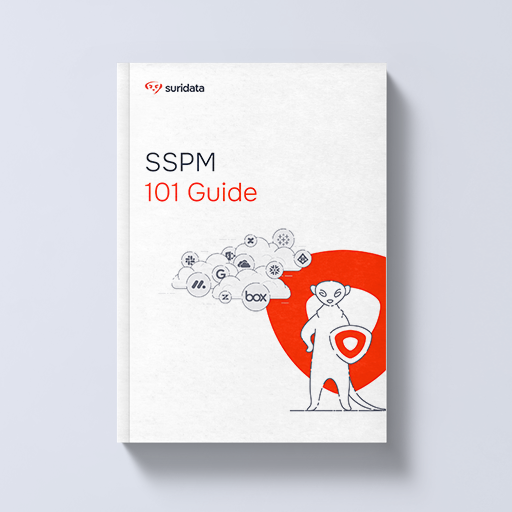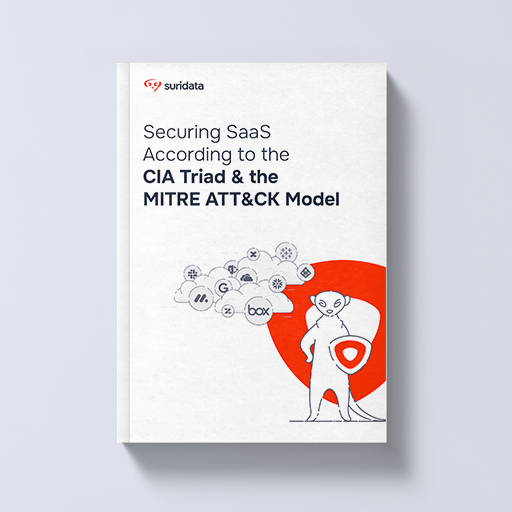Get the latest updates on SaaS Security.
Hacking into a system and remaining a standard user can’t be too much fun. It would be like sneaking onto a private beach but only being allowed to build a sandcastle. If you want to do anything impactful (or harmful), you need a higher level of privilege. Privilege escalation helps attackers accomplish this goal, and
Have you ever wondered why most enterprises schedule application upgrades at four o’clock on Sunday mornings? They do this in case the change “breaks” the application and causes it to cease functioning. Hopefully, an outage won’t affect many users then, and the upgrade team can either solve the problem or reverse the upgrade before it
What We Know In July 2024, The Walt Disney Company suffered a major security breach when the hacking group NullBulge infiltrated its internal communications. The attack targeted Disney’s Slack channels, leading to the leak of approximately 44 million internal messages and exposing sensitive company information. How Did It Happen? The breach was caused by a
Did your mother ever tell you not to open the door to strangers? She knew best: there was a chance, however small, that something bad would happen. She’d done her version of a security risk assessment (SRA) to protect you from harm. Cybersecurity may be a lot more complex, but the risk management concepts aren’t
The most frightening sentence in the InfoSec world is arguably, “Oh, wow, we didn’t know that was running…” When your organization is using a digital asset like a server or software-as-a-service (SaaS) app, but no one knows about it, you’re exposed to unknown risks. If you’re attacked, you will hear the next most frightening sentence,
You might think your organization doesn’t need a data security policy. All cybersecurity countermeasures protect data, don’t they? Yes and no. Data is important enough to merit its own dedicated security policy. Without one, you are vulnerable to costly attacks, regulatory penalties, and reputation damage. A thorough data security policy helps you avoid these negative
If you hang around the IT world long enough, you’ll hear someone say, “This is not your father’s firewall” or router, or server… We have to update this idea for today’s dizzying rate of change in technology and cybersecurity. Now, it would be more like, “This is not your twin brother’s firewall.” Security managers face
Cyberhaven, a leading Data Loss Prevention (DLP) provider, experienced a sophisticated cyber-attack that exploited its trusted Chrome extension. Designed to monitor user inputs in real time, block unauthorized data entry on platforms like social media or AI tools, and alert users and admins to violations, the extension was turned into a gateway for attackers. A
Admit it: You’ve recently worried about your hair on a Microsoft Teams call. As one of the world’s most widely used collaboration tools, Teams is an essential platform for organizations worldwide. However, it is also a prime target for hackers who see it as a gateway into corporate networks, file repositories, and even a launchpad
The rush to adopt new security paradigms often overshadows cybersecurity essentials. While we’re all jazzed about implementing a cool new software-as-a-service (SaaS) strategy, “doing” SASE or zero trust, we may overlook or lose sight of security controls, which are the foundation of security posture. 49% of CISOs worry they lack a clear picture of their
Where would Hollywood thrillers be without the hero stealing an ID card and walking right past the bad guys to save the day? In real life, though, it’s the bad guy who breezes past security with a stolen ID. When a hacker can impersonate a legitimate user, they can bypass all robust (and expensive) countermeasures.
Passwords. Love them or hate them (and let’s be honest, most of us fall into the latter category), they are the gatekeepers of our digital lives. Whether it’s for accessing your bank account, logging into your work email, or safeguarding sensitive company data, passwords are everywhere. Yet, despite their ubiquity, they are also one of
Close your eyes and try to picture the following scenario, which could be happening in your organization at this very moment: An employee uses a personal credit card to sign up for a software-as-a-service (SaaS) solution for generative artificial intelligence (GenAI). The solution touts its ability to create a customized large language model (LLM) based
John logged into your company’s SaaS-based accounting app late last night and downloaded your customer list. There’s just one problem: John moved from Accounting to Marketing six months ago. But because you provisioned John’s SaaS access one app at a time, no one thought to change his permissions when he moved departments. This SaaS security
Raise your hand if you’ve used Salesforce. If you worked at one of the company’s 150,000 customers worldwide, you’re likely familiar with it. Reigning as the world’s top customer relationship management (CRM) solution, Salesforce is also a flexible SaaS platform with numerous configuration options and third-party extensions. While a great business tool, Salesforce is also
Unlock critical insights into the state of SaaS security with Suridata’s comprehensive SaaS Security trend report. Based on responses IT and security professionals and data from the Suridata platform, this report explores the significant risks facing organizations today and evaluates the effectiveness of current security measures.
Dive into our infographics from Suridata’s latest SaaS Security Trend Report. Based on responses from IT and security professionals, alongside data from the Suridata platform, this visual guide highlights the most pressing SaaS security risks facing organizations today and evaluates the effectiveness of current countermeasures. Discover eye-opening data, such as the fact that 9 out
New York, New York – August 5th, 2024 – Suridata, a leading innovator in SaaS security solutions, is thrilled to announce a strategic partnership with World Wide Technology (WWT), a global technology solutions provider. This collaboration aims to leverage the strengths of both companies to deliver cutting-edge SaaS security solutions that address the evolving challenges
The New SEC Regulations– An Overview In a decisive move to strengthen the security of financial markets, the U.S. Securities and Exchange Commission (SEC) has mandated that public companies must swiftly disclose any significant breaches that could impact investor trust and market stability. This directive highlights the critical need for ongoing transparency and robust cybersecurity
The U.S. Securities and Exchange Commission (SEC) has implemented new regulations requiring publicly traded companies to enhance transparency and reporting around cybersecurity incidents and risk management practices. This document provides a comprehensive checklist for managing SaaS security risks and third-party compliance to align with the SEC’s requirements, ensuring that companies can maintain robust cybersecurity measures
In response to the evolving landscape of corporate cybersecurity threats, the U.S. Securities and Exchange Commission (SEC) has introduced new regulations to enhance the transparency and accountability of publicly traded companies. These rules, which mandate the disclosure of material cybersecurity incidents within four business days, aim to standardize cybersecurity risk management practices and provide investors
Recently, the security landscape has been shaken by several high-profile breaches, and the latest incident involving GitHub tokens has once again highlighted the critical importance of Machine-to-Machine security practices. This blog dives deep into the details of The New York Times GitHub token breach that exposed the entire source code of The New York Times,
Snowflake, a leading cloud-based data warehousing company, recently faced a wave of attacks targeting its enterprise customers, resulting in the leakage of millions of sensitive records. Here’s a closer look at what happened and how companies can protect themselves. Attack Path and Methodology The attack spree against Snowflake customers began in mid-April 2024 and was
If you’re a malicious actor in cyberspace, you could do much worse than targeting a Workday instance at a large corporation. As one of the world’s leading Human Capital Management (HCM) applications, Workday holds valuable data from employees and businesses worldwide. The scale of Workday’s user base hints at the level of risk: 50 million
Is it a coincidence that the mascot for GitHub, the world’s largest source code host, is cat? Probably not, given that managing software developers is often likened to herding cats. Although now owned by Microsoft, GitHub is at the core of most open-source software development projects, with over 400 million code repositories and 100 million
Overview of The Breach On May 2, 2024, Dropbox disclosed a significant breach involving its digital signature service, Dropbox Sign (formerly HelloSign). The breach was discovered on April 24, with unauthorized access traced back to a compromised service account within Dropbox Sign’s backend infrastructure. This allowed attackers to exploit elevated privileges and access a customer
Breach Details In April 2024, Sisense, established in 2004 to offer business intelligence and data analytics software, suffered a significant data breach. The breach involved unauthorized access to Sisense’s GitLab code repository, which led to the exfiltration of data from Sisense’s Amazon S3 accounts. This breach has been described as one of the most severe
Salesforce has been so successful that we tend to forget what a breakthrough it was when it debuted 25 years ago. At the time, people were skeptical that they could get enterprise-grade functionality on a browser. They were mistaken. As the leading customer relationship management (CRM) platform, Salesforce is a testament to the innovation and
Have you ever managed to extract a file folder from a locked filing cabinet? Most likely not. That lock is a simple example of an information security control. Computers are no different, except that information security controls today are significantly more sophisticated. And they need to be, as cyber threats are causing massive disruptions worldwide.
If your organization is like most, you probably use over a hundred SaaS applications. SaaS apps offer convenience, instant access to pre-built and easily deployable features, and flexibility to meet changing business needs. However, the more SaaS apps you connect to, the bigger your security gaps. 58% of organizations estimate their current SaaS security solutions
Last October, Okta, the $1.8 billion identity and access management (IAM) giant, revealed that it had been targeted in a complex and multifaceted cybersecurity attack that exposed vulnerabilities in the company’s digital identity security. The attack highlights the risks associated with managing sensitive user data. It also demonstrates the necessity of robust digital SaaS identity
Hackers are all diabolical geniuses, clad in hoodies, who sneak past our best defenses like ninjas… or not. Their job is actually a bit dull. Most hacking involves automated software looking for easy break-ins enabled by security misconfigurations. 11% of successful breaches result from cloud misconfigurations. These mishaps are not just widespread but deceptively dangerous.
Explore Suridata’s comprehensive SaaS security solutions through our detailed brochure. Learn how our platform addresses the challenges of misconfigurations, generative AI risks, identity posture management, shadow SaaS, and third-party integrations. Discover how Suridata enables risk prioritization, provides remediation guidance, ensures compliance, identifies shadow applications, and manages third-party risks.
The word “compliance” is one of those migraine triggers you probably don’t want to hear at work. It sounds simple: all you must do is adhere to relevant regulations or frameworks. However, compliance is a recurring workload that usually involves auditors, certifications, and laborious processes. SaaS compliance can be particularly challenging because you have little
Introduction In the ever-evolving landscape of cyber threats, the financial services sector has recently encountered a series of sophisticated attacks. This article delves into three notable incidents, underscoring the pivotal role of third-party applications in these breaches. First American’s System Shutdown The cyberattack on First American, a leading title insurance provider, led to a significant
The classic 1960s TV comedy “Get Smart” featured a fictitious spy agency called CONTROL locked in an unending battle against a devious enemy. Even at that time, when a small computer was about the size of three Coke machines, the concept of control was top of mind. Today, as we experience a deluge of devastating
Have you ever experienced typing your data into a form on a SaaS app, hitting “Save,” and then thinking, “Hey, wait…where did my data just go?”. We’re so thrilled with the convenience, speed, and economy of SaaS applications that we forget we’re storing some of our most sensitive data in the SaaS vendor’s cloud. Data
MongoDB, a leading database management system, recently experienced a significant security incident. On December 16, 2023, MongoDB reported unauthorized access to their corporate systems, resulting in the exposure of customer account metadata and contact information. This breach occurred despite MongoDB’s robust security measures and highlights the ever-present risks in managing and securing data in any
It’s December 2023, and unauthorized users are still accessing staging environments without being noticed. Don’t believe me? Check out the report New Relic shared regarding the latest attack on their environment. Wait, who is New Relic? New Relic is a software company that provides observability solutions for cloud-based businesses. The company’s platform helps businesses collect,
You can’t spell SharePoint without “share.” This word represents the best and worst that this enduring, top-rated platform offers. Used by hundreds of millions of people worldwide, Microsoft SharePoint natively integrates into the Microsoft 365 system and is renowned for its custom intranet portals, document repositories, and team collaboration spaces. Nearly 65% of Sharepoint customers
Napoleon would have made a great hacker. Now the subject of a historical action thriller, the Emperor once allegedly said, “Never interfere with the enemy while he is in the process of making a mistake.” So it goes in cybersecurity, as well. Some of the worst data breaches occur because of simple mistakes in configuration.
Introduction- What is ServiceNow? ServiceNow, uniquely positioned as both a Platform-as-a-Service (PaaS) and Software-as-a-Service (SaaS), offers a versatile digital workflow platform. Key applications include IT Service Management (ITSM) for automating IT services, IT Operations Management (ITOM) for infrastructure optimization, IT Asset Management (ITAM) for asset tracking, Service Desk and Customer Support for efficient issue resolution,
Have you ever woken up at 2:00 AM, worried if your company’s most sensitive data was safe? Or perhaps you worried about whether you did everything required to protect privacy laws and avoid unimaginable violations. From HR to finance departments, companies run most of their workloads on third-party software. While there is no turning back
Suridata Named Most Innovative in SaaS Security IN 11th Cyber Defense Magazine’s Annual InfoSec Awards during CyberDefenseCon 2023 New York, New York – October 26, 2023 – Suridata is proud to announce we have been named the winner for the Most Innovative in SaaS Security award from Cyber Defense Magazine (CDM), the industry’s leading
Software-as-a-service (SaaS) applications are a growing attack surface for hackers. Without the right tools, though, they can be hard to defend. This paper offers five steps to reducing SaaS risks, including tightly managing inventories and identities, tracking SaaS activities, tracing the location and status of SaaS data, controlling SaaS apps and their configurations, and quickly
First, Some Definitions Security posture, in general, is about how well an organization is prepared to defend itself against cyber threats. Typically, posture amounts to being able to detect threats and respond to them effectively—and quickly. In specific terms, security posture deals with guarding networks and protecting an organization against malware, ransomware, denial of service
Last month, a new SaaS ransomware had been seen “in the wild” for the first time. The attack, which affected Microsoft SharePoint software, did not come from a compromised endpoint. This fact has alarmed SaaS security experts. Nor is it good news for security managers. However, there are ways to defend against such threats.
The nature of SaaS applications creates multiple hidden risks for hackers to burrow into. While each SaaS vendor takes ownership for securing its own infrastructure, you are responsible for implementing the security controls across your ecosystem. Suridata fortifies your security posture by sniffing out those threats, mapping their risk potential, and laying out the steps
A brief overview of SaaS security SaaS applications have a distinctive risk profile. They’re comparable to but different from other kinds of digital assets. A SaaS app typically contains sensitive or valuable corporate data, but it can be accessed from virtually anywhere on any kind of device. Controls over user access are therefore critical to
What is SASE? The “E” in SASE is the key to understanding what it’s all about. E is for edge. SASE enables endpoints, such as mobile devices or Internet of Things (IoT) sensors to connect securely to applications and data at the edge. The user does not have to connect through a data center, which
Who is responsible for securing digital assets in the public cloud, the customer, or the cloud service provider (CSP)? Most of the time, it’s both. CSPs require their customers to agree to what’s known as a Shared Security Model, sometimes called the Shared Responsibility Model. In this approach to cloud cybersecurity, the CSP is responsible
How CASBs work and why enterprises use them The CASB has been around for a decade. It came into existence to help security managers deal with risk exposure from SaaS that did not exist when apps and data were only on-premises. Traditional firewalls can do little to protect SaaS apps and data. Indeed, with SaaS
What is SaaS compliance? To understand what SaaS compliance is, it’s worth stepping back and considering the relationship between technology and compliance in general. While certain kinds of compliance are not specifically about technology at all, such as financial controls in Sarbanes-Oxley, in reality nearly every aspect of compliance connects to some type of information
SaaS Security Posture Management (SSPM) is an essential cybersecurity workload that is a collection of tools, peoples, processes and policies, that is the sum total of an organizations ability to detect threats to SaaS apps and respond to them. The SSPM solution must have a view into the entire SaaS stack with visibility into SaaS
SaaS is software, but its security parameters are different from those of traditional, on-premises software. A SaaS app is cloud-based, with access rights that are sometimes unclear. Third-party integrations can create vulnerabilities, as well. And, governance of SaaS apps can be spotty or nonexistent—especially when “shadow IT” takes over and business units purchase SaaS for
SaaS apps expose users to significant security risks if they are not well defended. Between the shared security model, the broad potential for misconfiguration and poor access controls, among many other risk factors, SaaS needs strong countermeasures to stay secure. The foundational CIA Triad (Confidentiality, Integrity, and Availability) and MITRE ATT&CK Model of attacker behavior
What Is a Secret? For GitHub users, the word “secret” has a meaning that’s distinct from the general understanding of the word. In the context of GitHub and software development, a secret is any kind of private information, such as a token, password, or private authentication used by a service provider to enable interactions between
It’s easy to understand why SaaS is so popular. The technology frees customers from many of the total cost of ownership of provisioning and supporting software and infrastructure. At the same time, SaaS also exposes its customers to new types of risk, especially from third-party integrations using SaaS plugins. SaaS Plugins: What They Are and
A Growing Area of Risk Exposure The scale of SaaS activity is one reason why risks can be such a challenge with SaaS apps. According to Vendr.com, the average organization uses 130 SaaS apps.Each app has hundreds of unique controls and settings that are subject to adjustment at will. Users have expectations for SaaS apps

